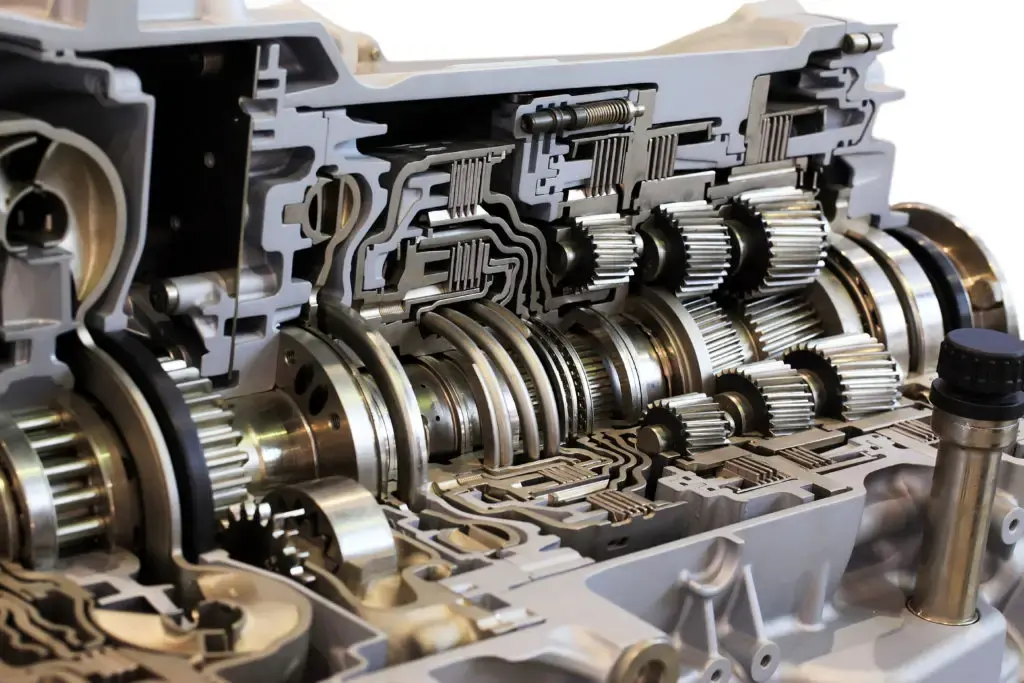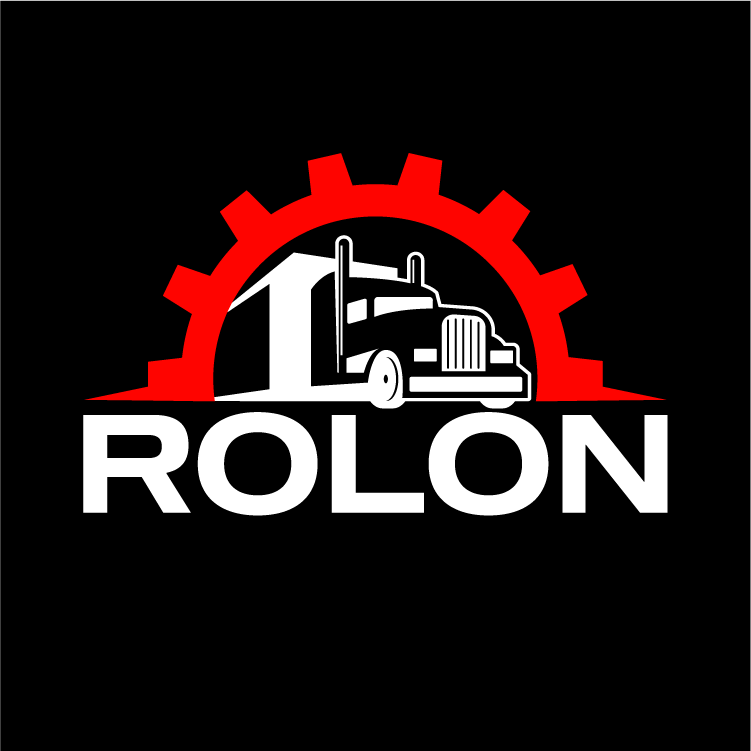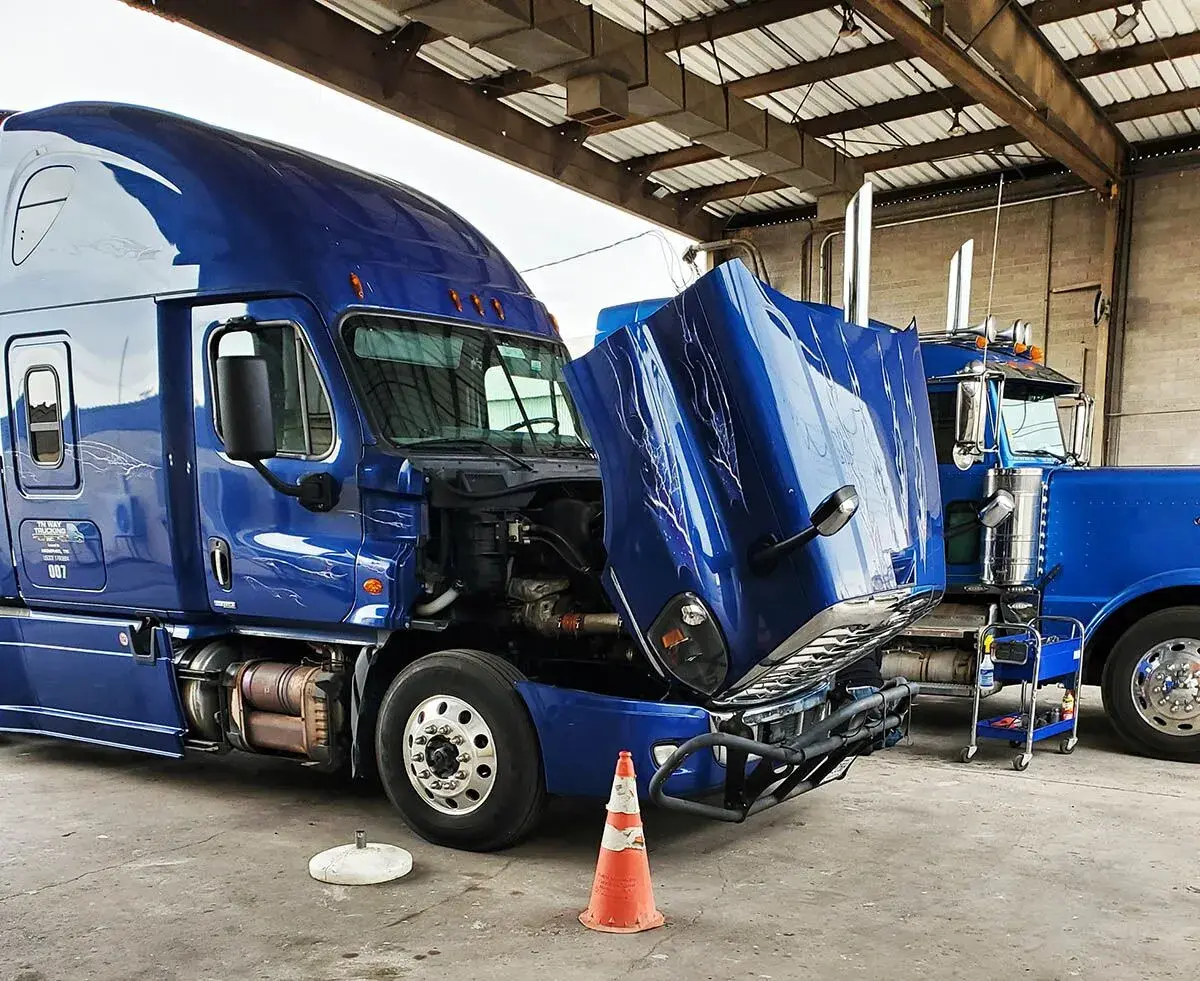Whether your semi-truck has 9, 13, or 18 gears, a healthy transmission is vital for performance and protecting your engine. Rolon Mobile Truck Repair offers expert on-site diagnostics, service, and repair for all types of semi-truck transmissions, including manual and AMTs. Ensure your gears are shifting smoothly and efficiently. Learn how our mobile technicians keep your powertrain reliable.
You've likely seen a massive semi truck cruising down the highway, hauling tons of cargo. But have you ever stopped to think about the complex mechanics that make these powerful vehicles move? One common question is: How many gears does a semi truck have? The answer isn't always straightforward, but we can explore the typical range and why these trucks need so many gears for their type of transmission.
Exactly How Many Gears Does a Semi Have?
Generally, a standard semi truck gearbox has between 9 and 18 forward semi-truck gears. However, some specialized trucks might have more or fewer. This wide range of truck gears is essential for several reasons. A semi trucks engine needs to generate enough power to start moving a fully loaded trailer, climb steep hills, and maintain speed on flat roads. Having multiple gear ratios allows the driver to keep the engine operating within its optimal power and efficiency range. The needs for the truck’s use determines the number of gears.
Think of it like riding a bicycle. When you start on flat ground, you use a lower gear for easier pedaling. As you gain speed, you shift to higher gears to maintain momentum without overexerting yourself. A semi truck transmission works on the same principle, but with much heavier loads and more complex machinery.
Semi-Truck Transmission Types
There are primarily two types of semi truck transmissions, manual and automated manual transmissions (AMTs).
Manual Semi Truck Transmissions
Traditional semi-truck manual transmissions require the truck driver to physically shift gears using a gear stick and clutch pedal. These transmissions often have a greater number of gears, with 10, 13, 15, or even 18 gears being common. Experienced drivers develop a feel for the engine's RPMs and learn the precise timing for smooth gear changes. Mastering the art of shifting gears in a heavy-duty truck is a crucial skill in the trucking industry.
The benefit of a manual transmission is the driver's complete control over the engine's power output. This can be advantageous in challenging conditions or when hauling exceptionally heavy loads. However, manual transmissions can also be more tiring for drivers, especially during long hauls and in stop-and-go traffic.
Automated Manual Transmissions (AMTs)
Semi-truck auto transmission or automated manual transmissions, as the name suggests, automate the gear-shifting process. While they are still fundamentally manual transmissions, they use electronic and pneumatic systems to handle clutch engagement and gear selection. AMTs offer a blend of the efficiency of a manual transmission with the ease of use of an automatic.
AMTs have become increasingly popular in modern semi trucks. They can improve fuel efficiency by selecting optimal shift points and reduce driver fatigue. While some early AMTs had a reputation for less-than-perfect shift timing, advancements in technology have led to smoother and more responsive systems. The number of gears in an AMT can vary, often ranging from 10 to 13 speeds.
Why a Semi-Truck Has So Many Gears
The large number of gears in a semi truck plays a crucial role in its ability to move heavy loads efficiently. Here's a breakdown of the key reasons:
- Starting Power: Lower gears provide the necessary torque to get a fully loaded truck moving from a standstill.
- Climbing Hills: Sufficient low-end torque is essential for ascending steep grades without straining the engine.
- Maintaining Speed: Higher gears allow the truck to maintain highway speeds while keeping the engine RPMs within an efficient range.
- Fuel Economy: By selecting the right gear for the speed and load, drivers can optimize fuel consumption.
- Engine Protection: Operating the engine within its recommended RPM range prevents over-revving and potential damage.
How Many Gears Does A Semi-Truck Have Conclusion
In conclusion, the answer to "How many gears does a semi truck have?" typically falls between 9 and 18. This wide range of gears is a necessity for these powerful machines to effectively haul heavy loads, navigate diverse terrains, and maximize fuel efficiency. Whether it's a traditional manual or a modern automated system, the transmission system is a vital component of every 18 wheeler transmission, ensuring it can handle the demands of the open road.
Need Transmission Repair?
Experiencing shifting problems, strange noises, or a check engine light related to your semi-truck's gears? Don't wait for a major breakdown. Rolon Mobile Truck Repair brings expert transmission repair services directly to your location. Our skilled technicians diagnose and fix issues with any number of gears. Contact us now for fast, reliable mobile transmission assistance in Sanford, FL and the surrounding areas!
FAQ’s
Are most semi trucks automatic?
No, most semi trucks currently on the road are not automatic, though automated manual transmissions (AMTs) are gaining popularity. Many experienced drivers still prefer the control and feel of a traditional manual transmission. However, the trend is shifting towards AMTs due to their benefits in fuel efficiency and reduced driver fatigue.
Do semi trucks have automatic transmissions?
Yes, semi trucks absolutely have automatic transmissions, although they are often referred to as automated manual transmissions (AMTs). These transmissions function like manual transmissions but handle gear changes automatically using electronic and pneumatic systems. AMTs offer a balance between the efficiency of a manual and the ease of use of a traditional automatic.
How big is an 18 wheeler?
An 18 wheeler, which is a common term for a tractor-trailer truck, can be quite large, typically ranging from 70 to 80 feet in length. These massive vehicles also stand around 13.5 feet tall and 8.5 feet wide to accommodate large cargo loads. Their significant size is necessary for hauling substantial amounts of goods across long distances.
How many axles does a semi truck have?
A standard semi truck typically has three axles: one steering axle at the front and two drive axles at the rear of the tractor. The trailer that the tractor pulls can have one or more axles depending on its size and the weight it carries. This configuration provides the necessary stability and weight distribution for hauling heavy loads.
How to drive a 10 speed tractor trailer?
Learning to drive a 10-speed tractor-trailer involves mastering the coordination of the clutch, accelerator, and gearshift in a non-synchronized transmission. Drivers must learn the specific shift patterns, often an "H" pattern with high and low ranges, and listen to the engine to find the correct shift points. It requires practice and a good understanding of the truck's power band to shift smoothly and efficiently.





